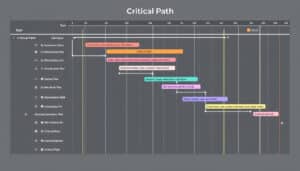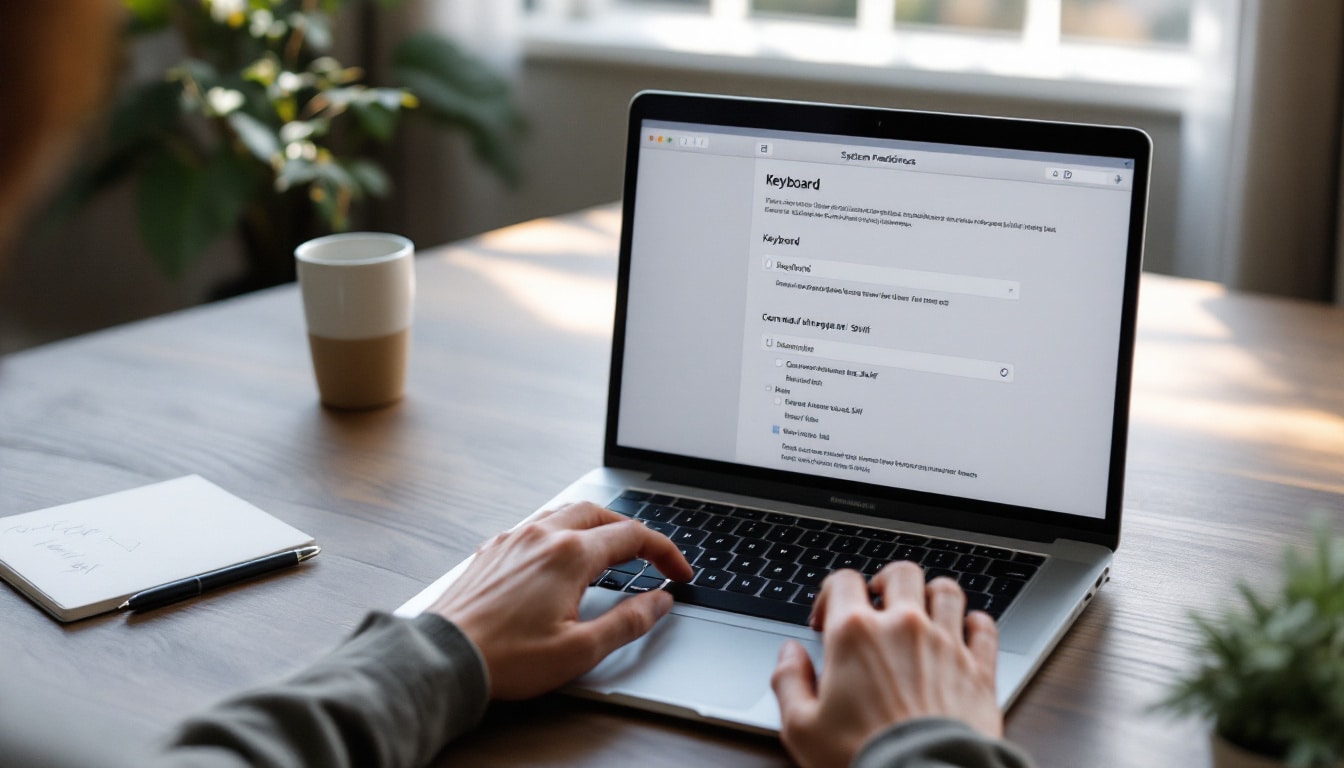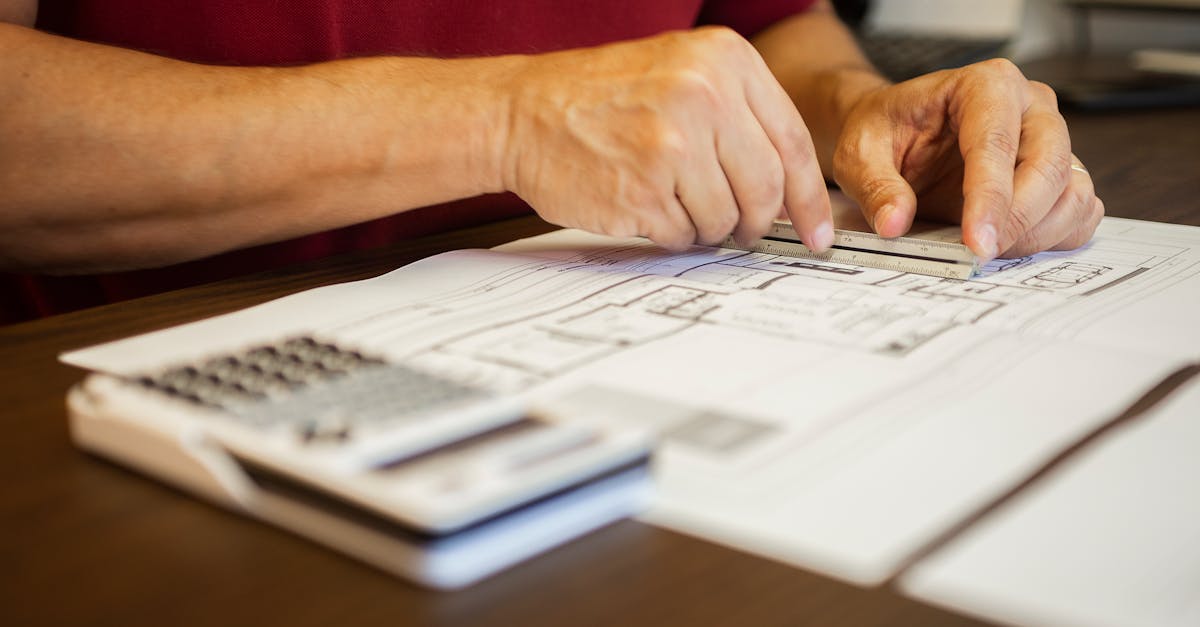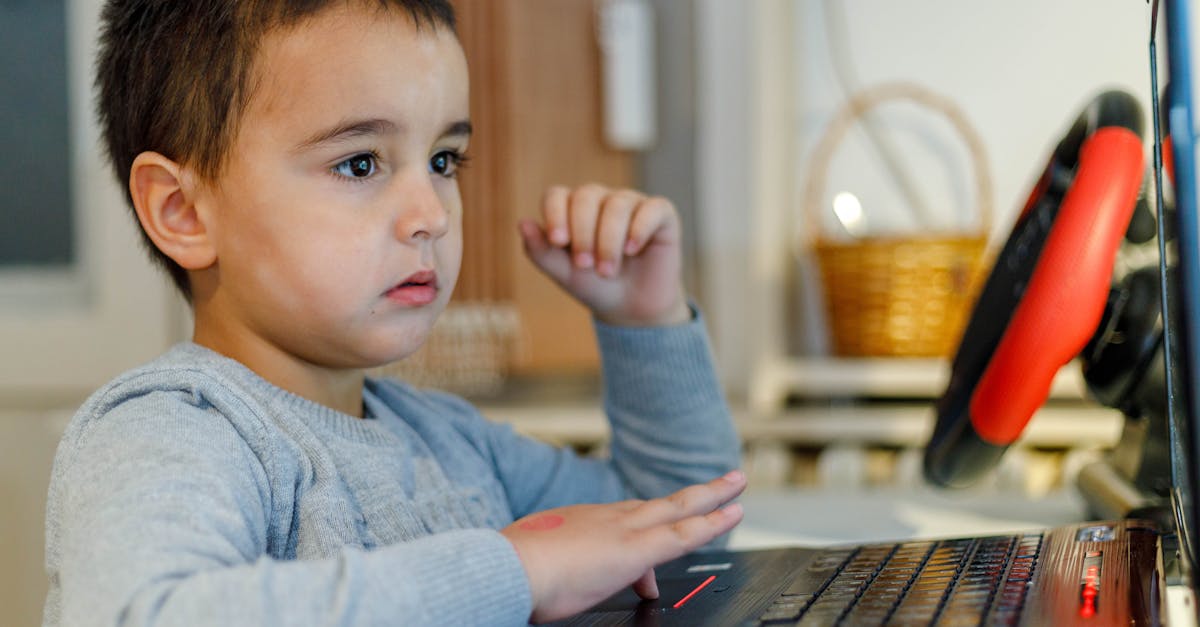In the current landscape of online learning, group dynamics emerges as a key element in ensuring the effectiveness of virtual workshops. These creative spaces, where participants can share their ideas and collaborate, rely on smooth interaction to stimulate creativity and foster engagement. By transforming each session into a true collective experience, it becomes essential to nurture this dynamic to generate innovative results and strengthen the bonds among group members. Through tailored techniques, such as interactive brainstorming and team-building activities, it is possible to create an environment conducive to exchange and ideation.
🔥 Nous recommandons Ideamap
Ideamap est l’outil idéal pour un brainstorming ou un projet collaboratif. Grâce son interface facile et à ses fonctions IA, Ideamap booste votre créativité tout en favorisant une meilleure organisation de vos idées pour atteindre vos objectifs.
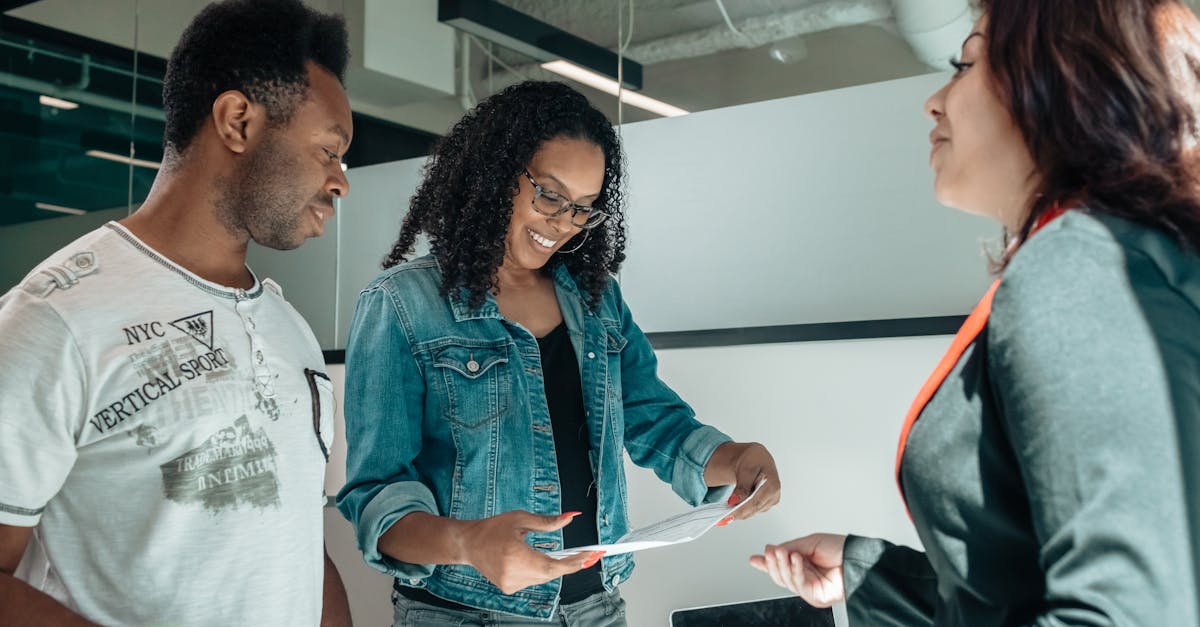
The group dynamic is a fundamental concept that refers to the interactions, relationships, and feelings that develop among group members. In the context of virtual workshops, this dynamic becomes particularly important, as it significantly influences participants’ engagement, collaboration, and creativity. When a group meets online, it is essential for the trainer or facilitator to take these interactions into account to ensure the success of the workshop.
In a virtual workshop, the communication is often mediated by digital tools, which can transform the way participants interact. While some members may be comfortable in this environment, others may feel less involved or hesitant to share their ideas. It is therefore crucial to foster a climate of trust from the outset, encouraging open and respectful exchanges. For this, icebreaker activities or moments of informal discussion can be integrated at the beginning of the sessions.
The implementation of an interactive facilitation is also paramount. Techniques such as brainstorming, which consist of generating ideas collaboratively, are particularly effective. Digital tools allow for collecting everyone’s ideas in real-time, enhancing the sense of belonging to a collective. A skilled facilitator will know how to channel these ideas, structure them, and bring forth innovative solutions. Steps of individual reflection followed by sharing in small groups can facilitate everyone’s involvement.
Managing conflicts is another key aspect of group dynamics. Differences of opinion can arise in a virtual setting just as they can in person. The facilitator must be able to identify these tensions and manage them effectively, ensuring that each member has the opportunity to express themselves. This may include mediation techniques or using tools to assess participant satisfaction, such as online anonymous surveys.
Another influencing factor on group dynamics is the social and cultural context of participants. The diversity within a virtual group can enrich the creative process but can also pose challenges. Differences in approaches, communication styles, and comfort levels can affect collaboration. A good facilitator must therefore be aware of the issues related to inclusivity, striving to value everyone’s contributions and ensure that everyone’s voice is heard.
Finally, to maintain a positive group dynamic throughout the workshop, it is essential to carry out regular feedback. At the end of each session, a debriefing can be organized to gather participants’ impressions. This creates a space for continuous learning and allows for adjustments to the facilitation methods based on feedback. Listening and adapting are crucial elements for retaining participants in the long term.
In summary, group dynamics in virtual workshops is a key element in ensuring the effectiveness of exchanges and the quality of results. By paying particular attention to communication, facilitation methodology, conflict management, and participant diversity, it is possible to create an environment conducive to innovation and collective creativity.

Frequently Asked Questions about Group Dynamics in Virtual Workshops
What is group dynamics in the context of virtual workshops?
The group dynamics refers to the collective interaction among participants during a virtual workshop, essential for fostering a collaborative learning environment.
Why is it important to maintain group dynamics in online workshops?
Maintaining group dynamics is crucial to encourage participation, create a sense of belonging, and maximize learning effectiveness.
What tools can be used to stimulate group dynamics?
Using interactive tools like polls, virtual whiteboards, and breakout rooms can energize exchanges and strengthen collaboration.
How can the trainer promote a good group dynamic?
A trainer can apply design thinking techniques, encourage brainstorming, and integrate team-building activities to stimulate participant engagement.
What are the main steps to create an effective group dynamic?
The steps include creating a climate of trust, establishing participation rules, encouraging expression of ideas, and facilitating open exchanges.
How to manage conflicts that may arise during a virtual workshop?
It is essential to address conflicts sensitively, listen to all participants, and encourage constructive dialogues to maintain a harmonious group dynamic.
What is the importance of ideation in group dynamics?
Ideation allows for exploring and co-constructing innovative solutions, thereby stimulating creativity and reinforcing group members’ engagement.
How to assess the effectiveness of group dynamics?
The effectiveness can be assessed through participant feedback, observing their engagement throughout the workshop, and achieving the defined objectives.





